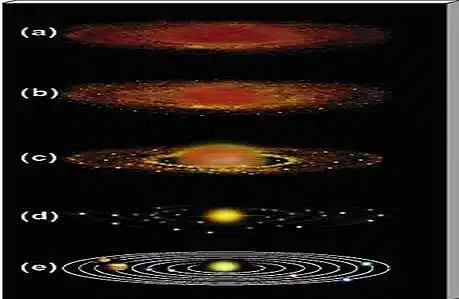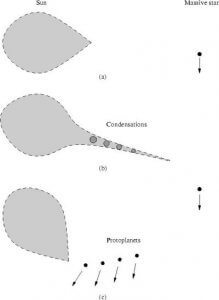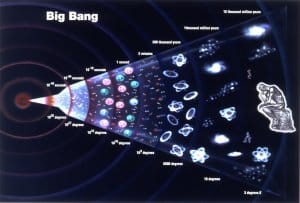COP15 Montreal: Breakdown in talks on resource mobilisation; delegates walk out
Delegates from developing countries, including like-minded megadiverse ones, walked out of negotiations December 14, 2022, due to difference of opinion on a number of issues regarding resource mobilisation at the 15th Conference of Parties (COP15) to the UN Convention on Biological Diversity.
The walk out was precipitated by a discussion on the creation of a new fund on biodiversity.
Brazil spoke in a press statement for the coalition of like-minded developing countries. Biodiversity-rich countries will bear a higher burden than others in implementing an ambitious Global Biodiversity Framework (GBF). Hence, its adoption must be accompanied by approval of a commensurately robust package on resource mobilisation.
“In line with the principle of equity, it should ensure the provision of predictable, measurable, new, additional, and adequate financial resources from developed countries to developing ones. It should also ensure accessibility and proper monitoring of the financial commitments and pledges,” the statement said.
The like-minded countries indicated that a fund similar to the one established on loss and damage at COP27 in Sharm el-Sheikh should be set at COP15. They also said existing multilateral sources are not up to the task of meeting the requirements of the GBF.
The group has proposed that developed countries commit to mobilise and jointly provide financial grants of at least $100 billion annually or one-per cent of global GDP until 2030, an amount to be revised for the period 2030–2050.
The COP15 president and the Secretariat have orgnaised a meeting with the heads of delegation to resolve the impasse.
Target 19 of the Post-2020 Global Biodiversity Framework deals with the issue of resource mobilisation. A Global Biodiversity Fund is one of the proposed solutions to ensure that sufficient funds are available for meeting the three objectives of the Convention on Biological Diversity.
While there are multiple figures on the funds required for meeting the CBD objectives, the draft of the Framework shared on December 5 by the CBD indicates that at least $200 billion dollars are needed per year.
During the Fourth Open-ended Working Group meeting held in Nairobi, Kenya in June, African countries had proposed that one per cent of the retail price of all commercial income resulting from the utilisation of genetic resources, from traditional knowledge associated with genetic resources, or from DSIs should be put in a multilateral fund. They had indicated that failure of consensus on this issue would delay the adoption of the Framework.
The issue of resource mobilisation has been considered important enough for the secretariat to organise a Finance Day at the UN Biodiversity Conference. The Finance day provides an opportunity to the financial community to engage in discussion on biodiversity and multiple commitments are expected from governments, industry and funding agencies.
This impasse comes just a few days before the Post 2020 Global Biodiversity Framework is expected to be finalised and adopted on December 19. The COP15 High Level Session with Ministers, vice-Ministers, Ambassadors, and other Heads of Delegation of Parties to the UN Convention on Biological Diversity will be getting together from December 15-17 to finalise the text.
Meanwhile, Basile van Havre and Francis Ogwal, co-chairs for the CBD's Open-Ended Working Group for a Post-2020 Global Biodiversity Framework informed at a press meeting that work on the Framework is moving ahead steadily and it is likely to be adopted by the end of the meeting. Some of the text is clean now with the removal of square brackets.














